Table of Contents
- Displaced Persons: The Global Context - Physiopedia
- Cyprus tops E.U. in first-time asylum applications relative to ...
- Asylum applications - monthly statistics - Statistics Explained
- 2024 - 2026 Immigration Levels Plan unveiled - Filipino Journal
- Latest News On Asylum Seekers In Canada 2024 - Aloise Roberta
- Top Immigration Countries 2025 - Sher Ysabel
- How Britain’s hardening stance on migration could end up emboldening ...
- Top Immigration Countries 2024 Map - ilise eleonora
- Top 20 Countries With The Highest Immigrant Population – The Burning ...
- Sponsor a 186 Visa Employee | Australian Migration Lawyers
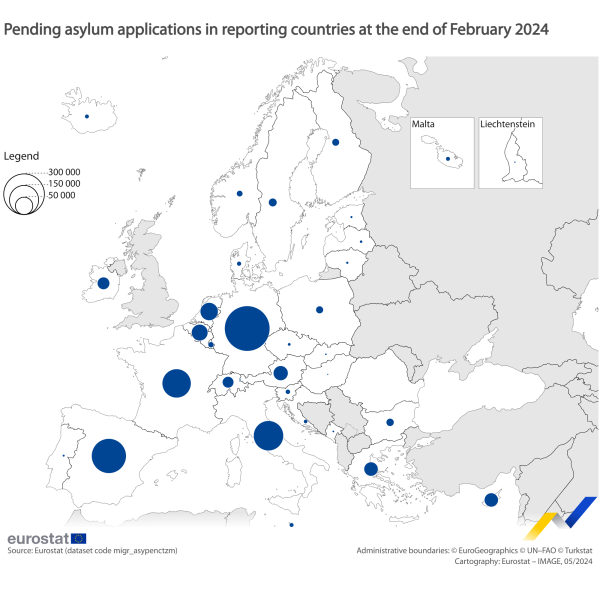

According to the United Nations Department of Economic and Social Affairs, there were approximately 272 million international migrants in 2019, which accounts for about 3.5% of the global population. The majority of these migrants moved to developed countries in search of employment, education, and other opportunities. The top 10 countries with the highest number of international migrants are:

- United States: 50.6 million
- Germany: 14.8 million
- Russia: 12.3 million
- Saudi Arabia: 12.2 million
- Canada: 8.1 million
- United Kingdom: 7.1 million
- France: 6.8 million
- Australia: 6.6 million
- Spain: 6.4 million
- Italy: 6.2 million
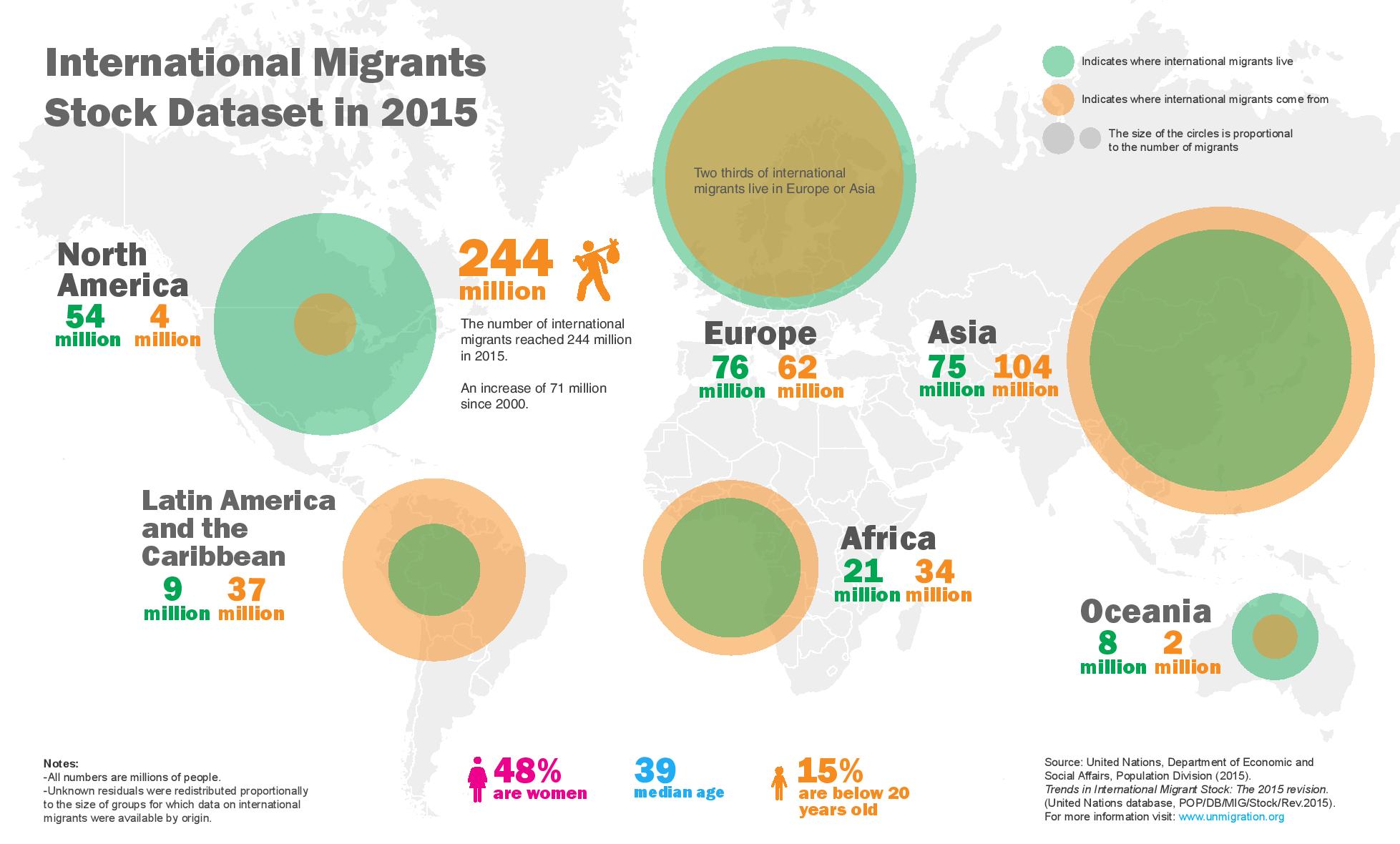
On the other hand, some countries have a significant number of emigrants, with citizens leaving their homeland in search of better opportunities abroad. The top 10 countries with the highest number of emigrants are:

- India: 17.5 million
- Mexico: 13.4 million
- China: 10.7 million
- Russia: 10.4 million
- Ukraine: 6.5 million
- Poland: 6.3 million
- Pakistan: 6.2 million
- Bangladesh: 5.9 million
- Nigeria: 5.7 million
- Philippines: 5.5 million
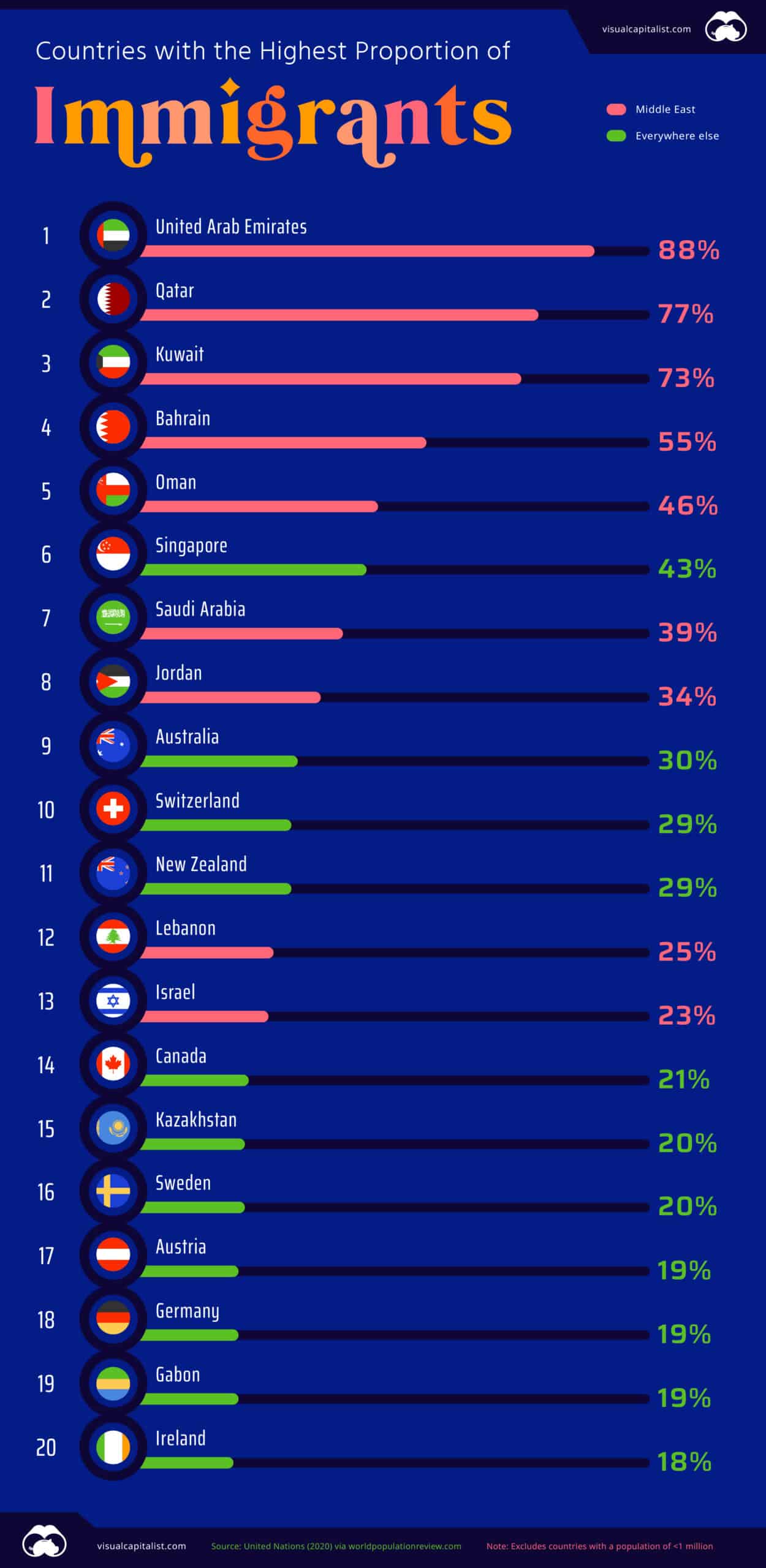
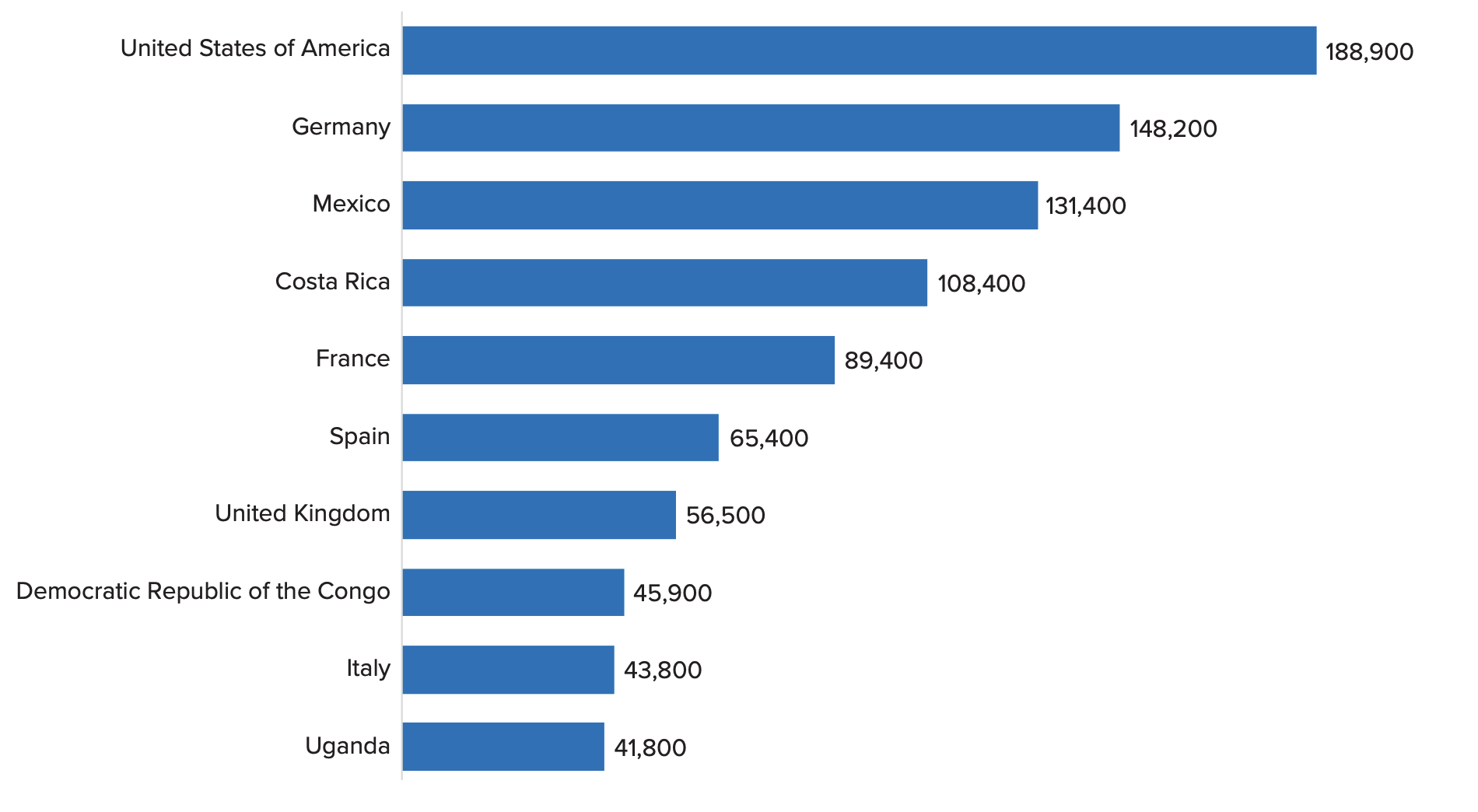
Regional Migration Trends

The regional migration trends vary significantly, with some regions experiencing a higher influx of migrants than others. The European Union, for instance, has seen a significant increase in migration in recent years, with many countries experiencing a surge in asylum applications. The Middle East and North Africa region has also witnessed a substantial migration flow, with many migrants moving to countries such as Saudi Arabia, the United Arab Emirates, and Qatar in search of employment opportunities.

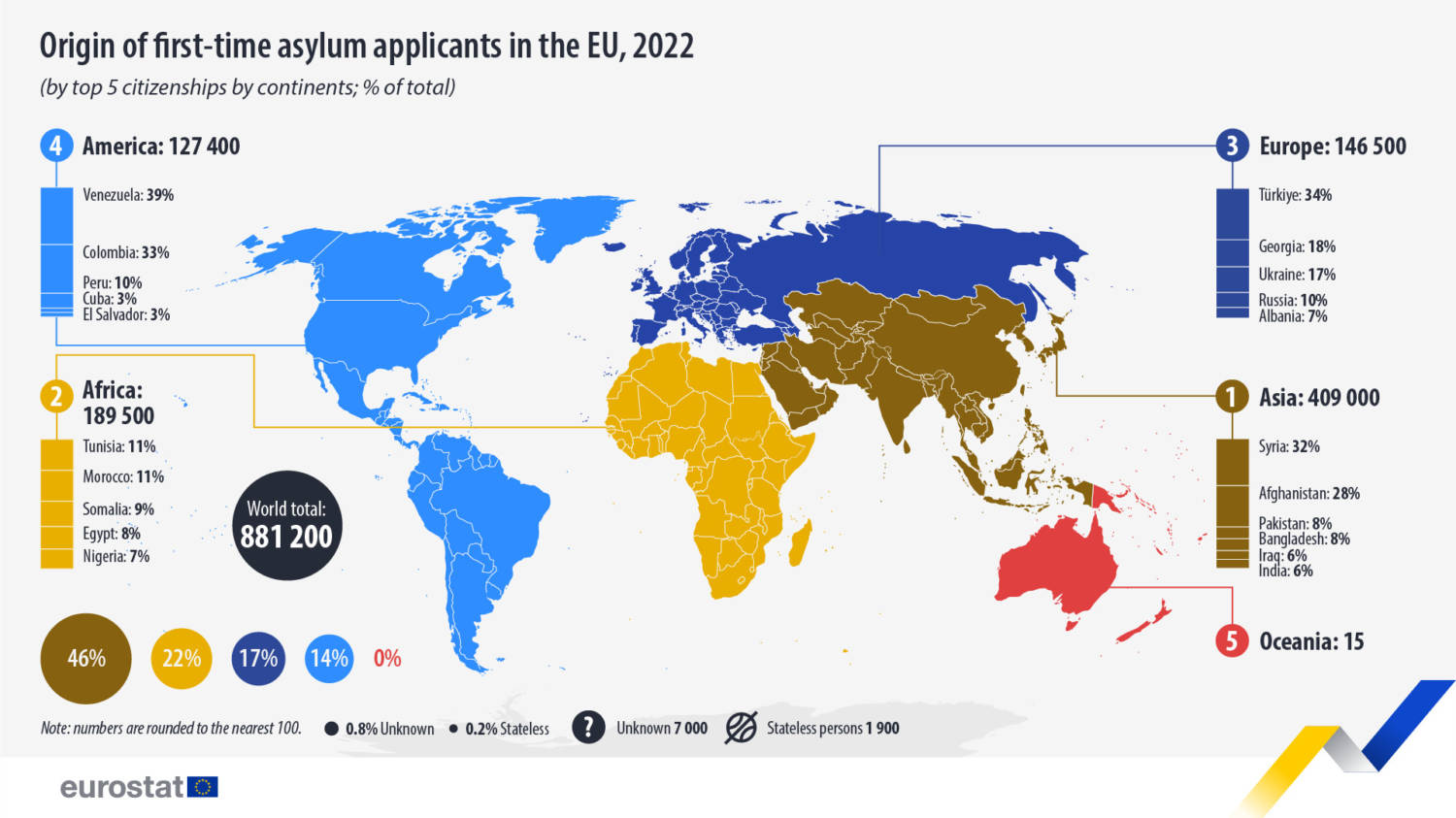
Impact of Migration on Global Economy
Migration has a significant impact on the global economy, with migrants contributing to the workforce, paying taxes, and sending remittances back to their home countries. According to the World Bank, remittances sent by migrants to their home countries reached $689 billion in 2018, with the top remittance-receiving countries being India, China, Mexico, the Philippines, and Egypt. The economic benefits of migration are undeniable, and countries that have implemented policies to attract and retain skilled migrants have seen significant economic growth and development.
In conclusion, the list of sovereign states by immigrant and emigrant population highlights the complex and dynamic nature of global migration trends. With millions of people moving across borders, countries must develop policies and strategies to manage migration flows, protect the rights of migrants, and harness the economic benefits of migration. By understanding the migration patterns and trends, we can work towards creating a more inclusive and equitable world for all.
Note: The data and statistics mentioned in this article are based on the latest available information from reputable sources, including the United Nations Department of Economic and Social Affairs and the World Bank.